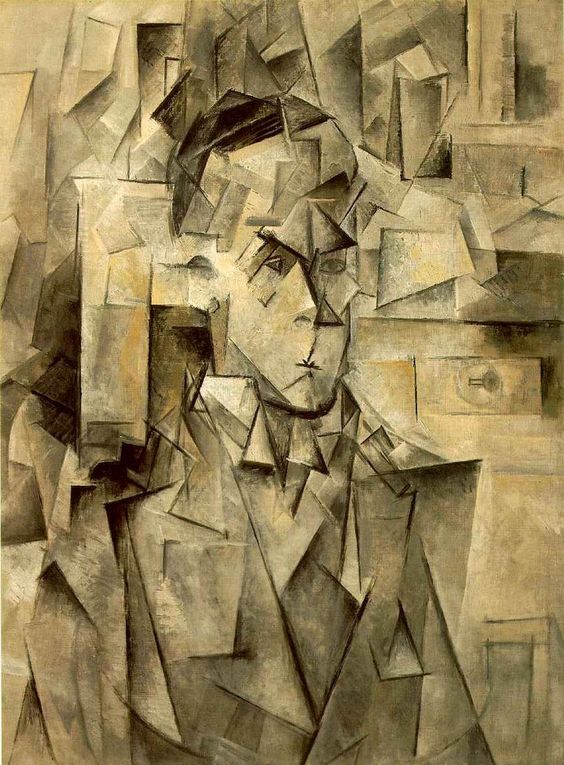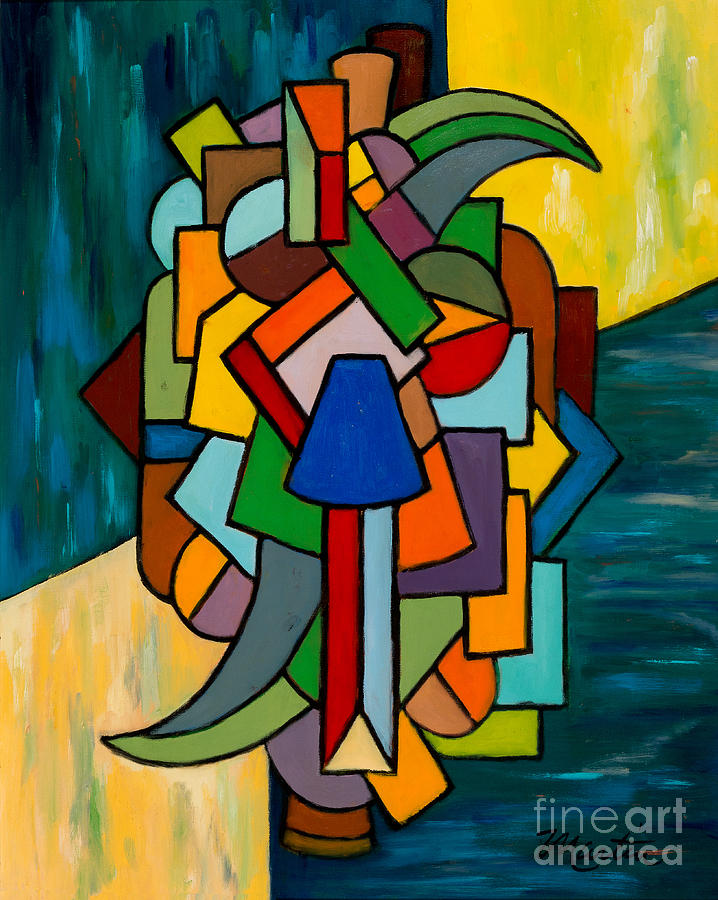

Instead of breaking a subject down into pieces, it involved assembling pieces already available into a collage. Synthetic Cubism on the other hand was a natural extension of Analytic Cubism. This type of Cubism is called Analytic Cubism, and it’s usually what comes to mind when people think of Cubist artwork. In doing this, the artist is attempting to give a fuller, more detailed explanation of the subject-breaking past barriers of space and time, like in the famous painting by Marcel Duchamp entitled Nude Descending a Staircase (seen above.)

Instead, after looking at the subject from every possibly angle, the artist will piece together fragments from different vantage points into one painting. Unlike traditional still-lifes, landscapes, or portrait paintings, Cubist paintings aren’t meant to be realistic or life-like in any way. But Cubism wasn’t just a specific “style” or “look”-it actually allowed artists an entirely different way of seeing and depicting real-life objects. Started by Georges Braque and Pablo Picasso, most Cubist works are immediately recognizable due to their flattened, nearly two-dimensional appearance an inclusion of geometric angles, lines, and shapes and a fairly neutral color palette.Īs the movement evolved, color, texture, and graphic elements (like text) were added, to the point where later Cubist works often appeared more like collage than anything else. Within the first two decades of the 20th century, a new art movement began that was unlike any other.


 0 kommentar(er)
0 kommentar(er)
